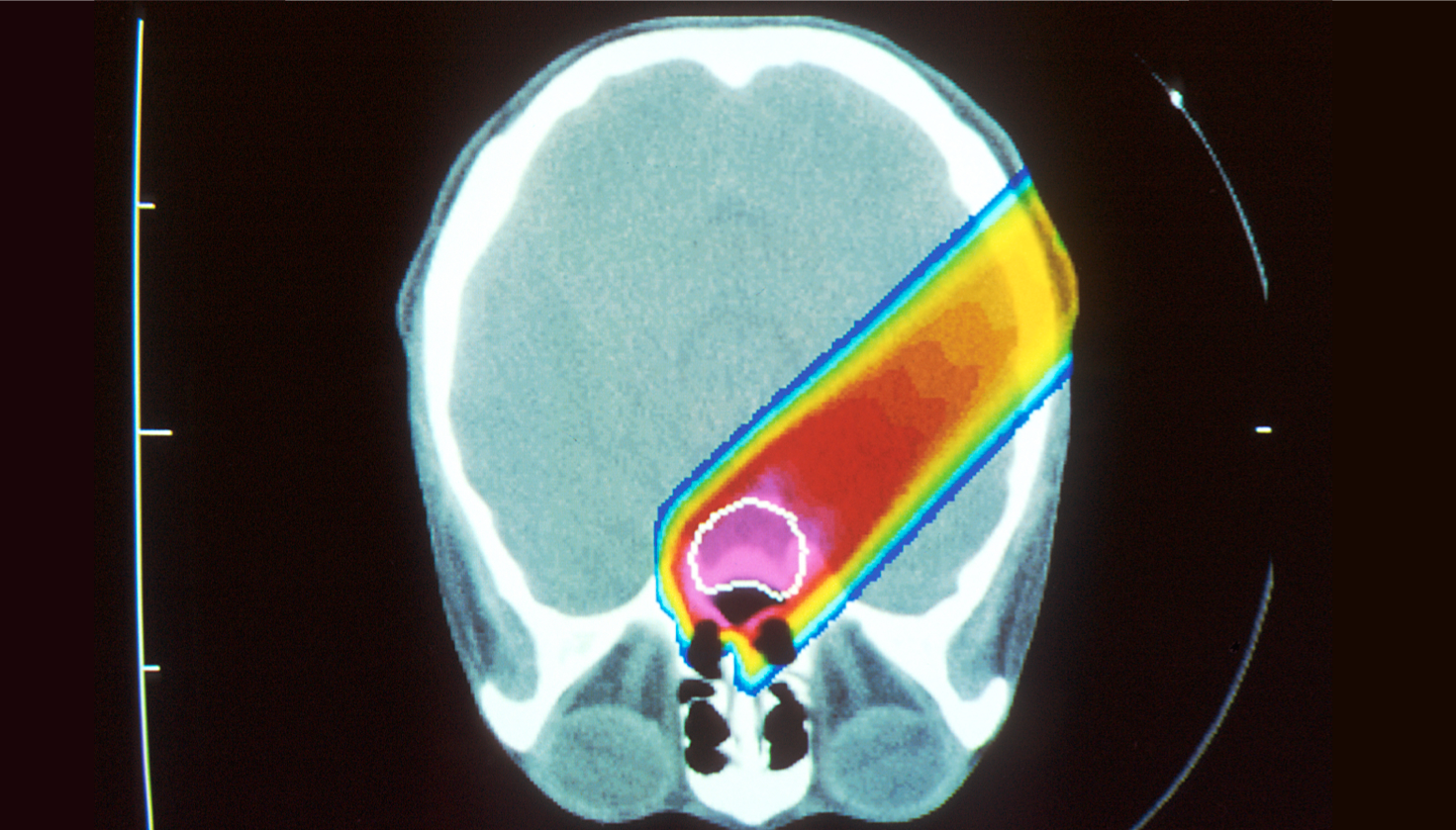
Background
Computed tomographic image reconstruction has typically focused on X-rays or photons in the body. This has become an increasingly popular way for radiation therapy for cancer treatment. Proton beams are better than X-rays and photons because they are 1) more accurate 2) leave other tissue unharmed 3) lower-cost. However, protons are heavy, thus bend when shot into the body. Therefore, imaging of the beam may not be accurate. There is a large portion of uncertainty in current uses of proton beam therapy and needs to be corrected.
Technology
This invention allows radiation specialists to target a certain area of cancer with a lower rate of uncertainty. The algorithm itself can graphically trace the positions of the cancer proton beams as they travel through the body and monitor slight movements of beams.
Advantages
- Less Harmful - More Accurate - Less Expensive
Application
- Cancer - Treatment - Biomedical Engineering - Life Sciences Clinical
Inventors
Jerome Liang, Professor, Radiology
Yan Liu, Research Assistant, Radiology
Jianhua Ma, Research Associate, Radiology
Licensing Potential
Development partner,Commercial partner,Licensing
Licensing Status
Available for licensing.
Licensing Contact
James Martino, Licensing Specialist, Intellectual Property Partners, james.martino@stonybrook.edu,
Patent Status
Patented
9251606
Tech Id
8268
